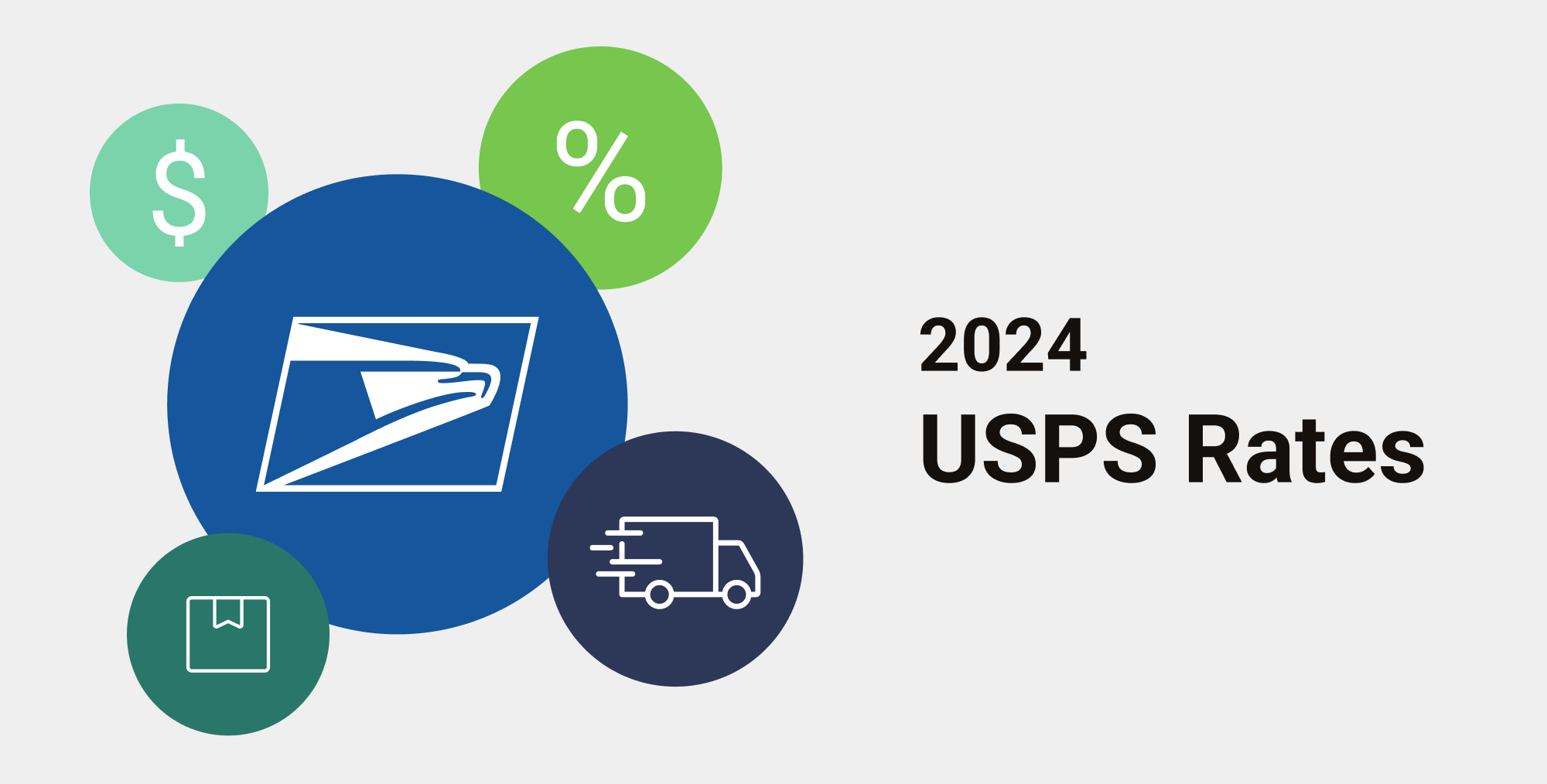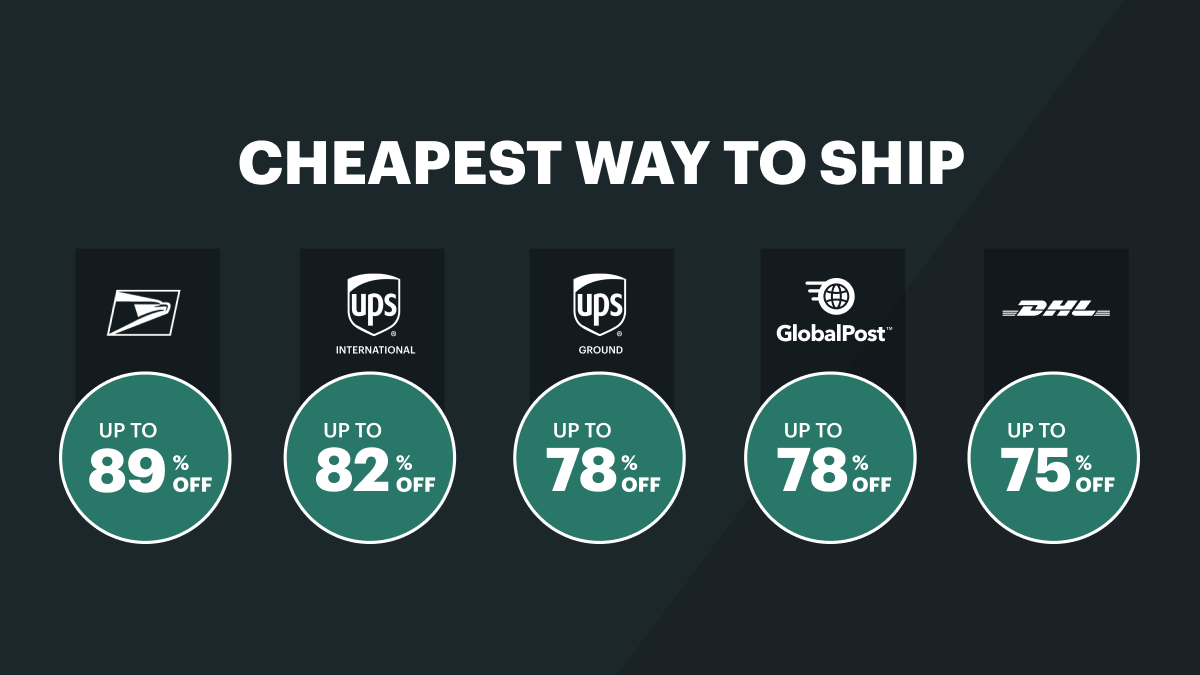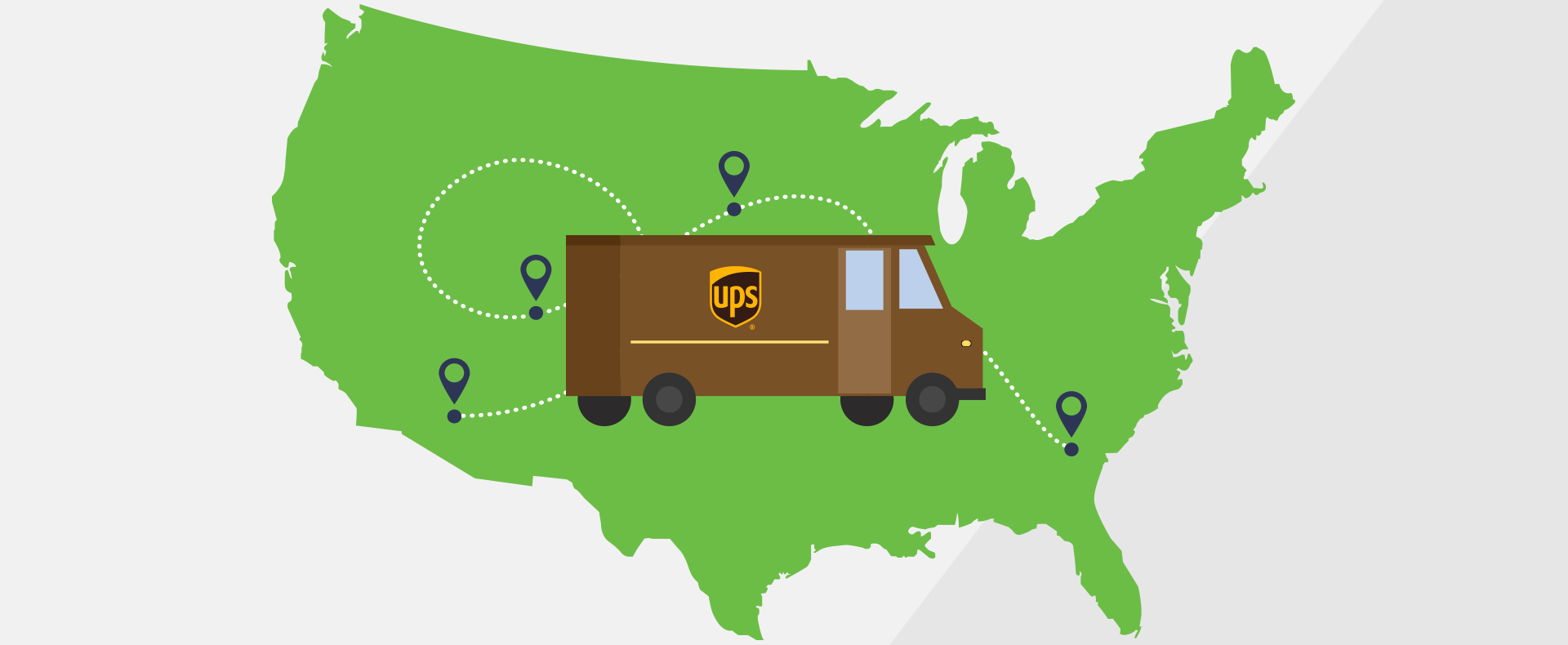How to Showcase Shipping Options on Your Website
This guest post was written by Jason Ferguson, a Communications Specialist for Volusion, an ecommerce shopping cart platform based in Austin, Texas.
Ecommerce can be a battlefield, with merchants constantly battling to find ways to differentiate themselves from the competition. There are several weapons in this war, from aggressive pricing to unique bundles and service after the sale. One of the most potent distinguishers, however, is a competitive shipping strategy.
Do you offer free shipping? Fast shipping? Free shipping on returns? International shipping? These are all tremendous ways to rise above the ecommerce fray, but you already have enough on your plate just advertising your products. How do you advertise your shipping on top of that?
Luckily, these aren’t competing interests. With a few simple guidelines, you can take advantage of some under-utilized website territory to promote your shipping options.
Picking the Right Website Real Estate
Visitor heat maps speak loud and clear: the upper left hand of your site commands the most attention. However, that’s only part of the story. Yes, when someone lands on your home page and is browsing your site while searching for the right categories and products, their eyes will immediately be drawn to this coveted corner. You may already be running coupons here, or you have carefully structured your navigation menu so that your priciest products appear in this spot. Should you sacrifice those interests to advertise your shipping? There’s really no need.
Most of the visitors drawn to the top left hand corner of your site are at the very beginning of their purchase cycle. They are just learning about the products and they still have a lot of thinking to do. Those approaching the end of the purchase cycle, however, already have products in mind. They will either land directly on product and category pages during their search, or they will get there as quickly as they can.
Focus your efforts on displaying shipping options on the product and category pages themselves, where you likely have plenty of room for images and promotional text above the product’s technical specs.
Biting the Bullet
If your value-shipping is conditional—such as if you offer free shipping on orders over $100—be sure to mention these conditions everywhere that your shipping is promoted. Introducing these costs later does not soften the blow. In fact, 44% of abandoned shopping carts are dropped because of high shipping fees, and another 22% are dropped due to hidden shipping costs. (Source: blog.bizelo.com)
Your Invisible, Untapped Ad Space
If you have pursued SEO efforts for your site, a specialist likely told you that SEO meta tags are only visible to the search engines, not to your visitors themselves. That is only half-true. These tags are invisible to visitors once they arrive, but they still appear in search results. Your title tag displays as a link to its respective landing page while your description tag—if provided—appears just below the link as a short overview of the page topic.
Target keywords are, of course, a concern, but the description tag needs to encourage click-throughs as well. It is no use appearing in the search results if you do not provide searchers with a reason to click your link rather than the other nine appearing on the page. If your shipping policy is your pride and joy, this is the place to declare it. The higher click-through rate will not only bring more visitors, but could help bolster your ranking in the future.
The best, most basic rule of showcasing your shipping: set the expectation early, and then scale visibility so that your visitors see more about your shipping as they approach the end of their purchase cycle.
For more ways to convert your visitors into customers—and your customers into repeat customers—be sure to read The Ultimate Field Guide to Ecommerce Conversions, available for free on Volusion’s ecommerce how-to page.






